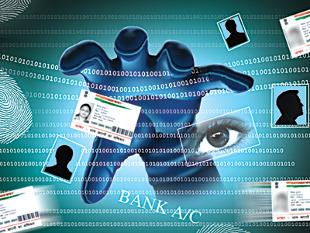Bitcoin-Hashing-Gyan
How to get bitcoin hashing progress ?
The bitcoin network is a peer-to-peer payment network that operates on a cryptographic protocol. Users send and receive bitcoins, the units of currency, by broadcasting digitally signed messages to the network using bitcoin wallet software. Transactions are recorded into a distributed, replicated public database known as the blockchain, with consensus achieved by a proof-of-work system called "mining". The protocol was designed in 2008 and released in 2009 as open source software by "Satoshi Nakamoto", the name or pseudonym of the original developer/developer group.
The network requires minimal structure to share transactions. An ad hoc decentralized network of volunteers is sufficient. Messages are broadcast on a best effort basis, and nodes can leave and rejoin the network at will. Upon reconnection, a node downloads and verifies new blocks from other nodes to complete its local copy of the blockchain.
Transactions
A bitcoin is defined by a sequence of digitally signed transactions that began with the bitcoin's creation, as a block reward. The owner of a bitcoin transfers it by digitally signing it over to the next owner using a bitcoin transaction, much like endorsing a traditional bank check. A payee can examine each previous transaction to verify the chain of ownership. Unlike traditional check endorsements, bitcoin transactions are irreversible, which eliminates risk of chargeback fraud.
Although it is possible to handle bitcoins individually, it would be unwieldy to require a separate transaction for every bitcoin in a transaction. Transactions are therefore allowed to contain multiple inputs and outputs, allowing bitcoins to be split and combined. Common transactions will have either a single input from a larger previous transaction or multiple inputs combining smaller amounts, and one or two outputs: one for the payment, and one returning the change, if any, to the sender. Any difference between the total input and output amounts of a transaction goes to miners as a transaction fee. Electricity can consume more than 90% of operating costs for miners.
The rule of requiring a proof-of-work to provide the signature for the blockchain was Satoshi Nakamoto's key innovation. The mining process involves identifying a block that when hashed twice with SHA-256, yields a number smaller than the given difficulty target. While the average work required increases in inverse proportion to the difficulty target, a hash can always be verified by executing a single round of double SHA-256.
For the bitcoin timestamp network, a valid "proof-of-work" is found by incrementing a nonce until a value is found that gives the block's hash the required number of leading zero bits. Once the hashing has produced a valid result, the block cannot be changed without redoing the work. As later blocks are chained after it, the work to change the block would include redoing the work for each subsequent block.


http://market.android.com/details?id=tech.jplabs.bitcoin&referrer=1491581356.64781959kabE6UzymIX2KDmZXURbCYK48x55aWUaQTeHUAVdnrPowU5gYn
ReplyDeleteSir I'm useing this Android app this too good can u update me more .....